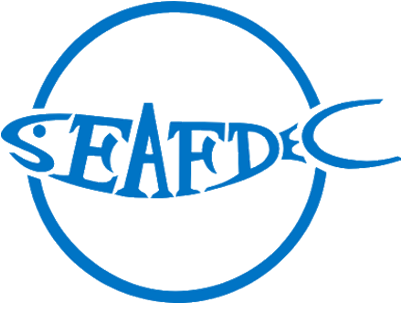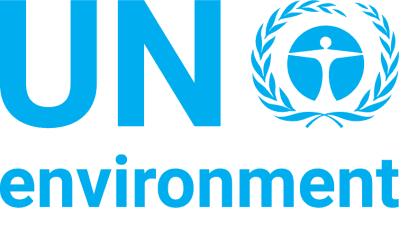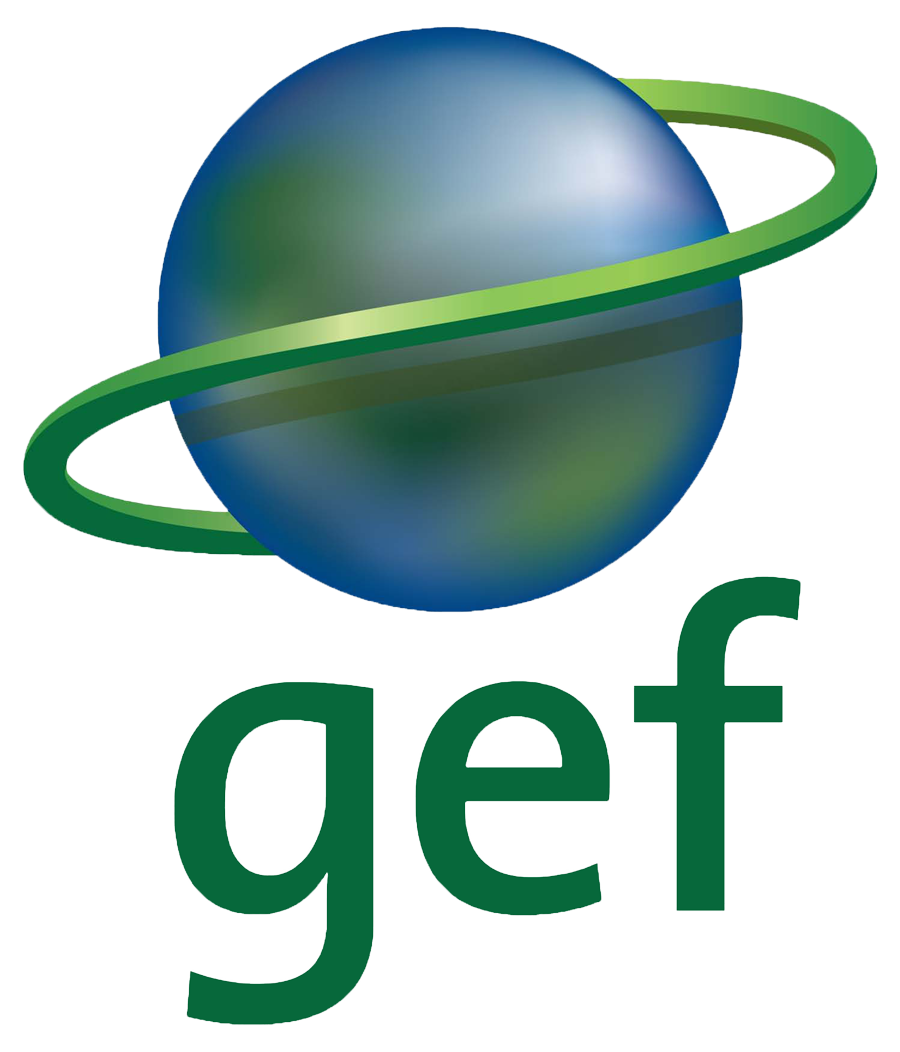Background & Situation Menu
Status and Trends in Fisheries and their Habitats Threats, root causes and barrier analysis Institutional, sectoral and policy context Stakeholder mapping and analysis Baseline analysis and gaps Known Areas of Critical Significance to the Life-Cycles of Fisheries Resources Priority Fisheries Refugia Areas




Establishment of Fisheries Refugia in Indonesia:
Background and Situation Analysis to Support
Known Areas of Critical Significance to the Life-Cycles of Fisheries Resources
The Sunda Shelf of the South China Sea extends through the Java and Timor Seas, and after an interruption by the deep basin of the Banda Sea, extends to the Sahul Shelf of Northern Australia. This shelf is usually shallow: the central part is less than 100 m deep, whilst between Sumatra and Kalimantan it is only 10 to 40 m deep. As part of the Southeast Asian region, double monsoons, oceanographic processes, whereby the north monsoon starts in October and peaks in January, pushing surface currents in a southerly direction until they reach the equator, where they are deflected southeastward. Rates of through flow depend on both sea level and surface wind speed and direction. The south monsoon peaks in July and August, when southward transport dominates the water column. This is because surface winds affect the surface currents, and there is always a substantial sea level difference driving the movement of water from the Pacific Ocean to the Indian Ocean. Year to year climate-driven ocean variability, at both local and regional scales, plays an important role in fisheries of the South China Sea region.
The fishery situation in the South China Sea region is further complicated by the dominance of shoal topography, dominated by either coral reef or mangrove ecosystems. Both are affected by the strong vertical stratification set up by monsoonal rainfall and the large seasonal inflow of fresh water from rivers of the Sumatra and Kalimantan Islands. Accordingly, ecological dynamics of the South China Sea area of Indonesia are reflective of broader abovementioned regional climate dynamics.
Some topographical features of Southeast Asia favour the development of strong surface circulation. The main feature is associated with the area formed by the South China Sea, the straits between Sumatra and Kalimantan, the Java Sea, the Flores Sea, and the Banda Sea, which has its main axis aligned with wind flux during both monsoon This, along with the relative constancy of the winds, favours the development of surface circulation patterns strongly connected to the wind regime. High sea surface temperature (SST) (more than 25) and low seasonal amplitude are the dominant characteristics of Southeast Asian waters. Moreover, the spatial distribution of water temperature is relatively uniform, with a small gradient over the entire region. SSTs are high all year round with maximum values of 27.5oC observed during January and February in the southern part of the South China Sea. Maximum values are observed to be between 29.2 (Sunda Strait) and 29.8 (Malacca Strait).
High annual rainfall, largely exceeding evaporation, causes an average salinity of less than 34ppt. This rainfall, the river runoff it causes, and the archipelagic nature of the South China Sea region are responsible for an extremely variable spatial distribution of surface salinity. River runoff into the South China Sea drives low salinity levels in many coastal waters, even in some offshore areas. Low salinity levels are most common in April and May when water masses are transported from the Java Sea into the southern South China Sea. In June, water of higher salinity (more than 32ppt) enters the Java Sea from the east, and then moves further north into the southern part of the South China Sea. During the northeast monsoon, relatively high salinity levels are observed in the South China Sea.
Sediments are extremely sandy (mostly made up biogenic materials from coral reefs) in the straits between some of the major islands, such as the Malacca Strait. In the deeper areas to the north, as the Sunda Shelf slopes into the South China Sea basin, sediments are mostly soft mud. The fish communities, on which tropical fisheries are based, typically follow the distribution and abundance patterns of their main dietary items, including benthic and pelagic invertebrates. The demersal fish fauna of Indonesia’s South China Sea area is determined by environmental factors, including the amount of organic mud in the substrate, the occurrence of isolated patches of rocky or biogenic reefs, the occurrence of brackish, estuarine conditions associated with river mouths, and the nature of the oceanic water mass lying over the waters. The marine habitats of the South China Sea area of Indonesia are unique. Here, the interaction of land and sea creates complex systems where local processes may prevail over global dynamics. In addition, the monsoon regimes create such a strong seasonality of the characteristic of the environment. The alternation of the north and south winds completely reorganise surface circulation, which can be expected to significantly influence environmental conditions.
A detailed baseline assessment of fish stocks and habitats of regional, global, and transboundary significance in South China Sea waters of Indonesia was produced as part of fisheries component activities of the UNEP/GEF South China Sea project[1]. This assessment presents available information and data relating the status and threats of important fish stocks, habitats and areas of importance in the maintenance of exploited fish stocks, and existing management regimes, which was used in the planning of national-level actions for the SEAFDEC/UNEP/GEF project entitled “Establishing and Operating a Regional System of Fisheries Refugia in the South China Sea and Gulf of Thailand” (Fisheries Refugia Project). It is anticipated that this assessment will be updated with new and additional information generated during the implementation of the Fisheries Refugia Project. It will also act as an important reference for determining the effectiveness of management interventions supported by the project.
Known Spawning and Nursery Areas:
Fishes are well known for their high fecundity, with most species releasing thousands to millions of eggs annually. Since each fish species occurs under a unique set of ecological conditions, it has a unique reproductive strategy, with special anatomical, behavioral, physiological, and energetic adaptation. The success of any fish species is ultimately determined by the ability of its members to reproduce successfully in a fluctuating environment, thereby maintaining viable populations. Based on their reproductive strategy, fishes can be categorised into egg-layers (oviparous condition) and live-bearers (ovoviviparous, viviparous). Some fishes engage in mass spawning. Spawning often occurs after migration to a suitable site, and into a current that will carry eggs and larvae to a nursery area. Pelagic spawners spawn in open waters, often near the surface. Many such spawners are schooling fishes, such as tuna (Scombridae) and sardines (Sardinella). Although pelagic spawning is most often associated with pelagic fishes, many benthic fishes temporarily rise off the bottom to spawn. Benthic spawners are of three basic types, those that spawn on gravel or rocks, those that spawn on aquatic plants, and those that spawn on sand. Demersal fish spawning grounds are concentrated along the east cost of Sumatra, coastal waters adjacent to the many islands of Riau Province, Bangka and Belitung Islands province, and along the west coast of Kalimantan. Whilst pelagic fish spawning and nursery grounds are scattered in the ‘open waters’ of the South China Sea, specifically from the north of the southern Bangka and Belitung Islands to Natuna Islands in the north (Figures 3 and 4).

Table 3: Spawning areas of demersal finfish and small pelagic fish species in Indonesia’s South China Sea area

Table 4: Spawning and nursery grounds of small pelagic fishes in Indonesia’s South China Sea area
Enhancing the information base:
The information presented above provides insight into broad areas considered important as spawning, nursery and feeding grounds for fish stocks. To assist in building the information base on areas significant to the life-cycles of fisheries resources, the seventh meeting of the UNEP/GEF South China Sea project’s Regional Working Group on Fisheries (RWG-F) considered a preliminary inventory of known spawning areas in the Gulf of Thailand for significant pelagic, demersal, and invertebrate species. To assist in developing a more comprehensive basis for the development of a list of critical spawning and nursery areas for important fish species, members of the RWG-F agreed to compile information during the inter-sessional period on: the UNEP/GEF South China Sea Project’s Habitat Demonstration Sites that are critical inshore nursery refugia for important demersal species, locations in the South China Sea and Gulf of Thailand that are utilised by important pelagic species for spawning, and existing fisheries management areas that may qualify as candidate sites of fisheries refugia. The Directorate General of Capture Fisheries compiled this information for review by Indonesia’s National Fisheries Committee prior to its sharing at the regional level.
The subsequent and eighth meeting of the RWG-F considered document UNEP/GEF/SCS/RWG-F.8/5 “Information Collated by the Fisheries and Habitat Components of the South China Sea Project on Sites Important to the Life-Cycles of Significant Fish Species”. This document contained a review of all information collated by the fisheries and habitat components of the South China Sea Project on fish-habitat linkages. The sources of this information included: national reports on fisheries; national reports on coral reefs, seagrass, mangroves, and wetlands; SCS habitat site characterisations; habitat demonstration site project documents; the South China Sea online meta-database; and information contributed directly by fisheries and habitat focal points. That meeting agreed that this information should be used to identify and characterise fish spawning and nursery areas in the Gulf of Thailand and the South China Sea. Members formed country-based sessional working groups to prepare country summaries of known critical spawning and nursery areas in their respective countries. These sessional working groups collated information regarding: approximate geographical location of the site; species known to utilise the site; known usage of the site (i.e. as spawning and/or nursery area; time of year that the site is utilised as a spawning or nursery area; and the information source. During the inter-sessional period, Directorate General of Capture Fisheries undertook national consultations with researchers and fishing communities to refine this information.
The ninth meeting of the RWG-F reviewed discussion document UNEP/GEF/SCS/RWG-F.9/8, “Review of Information regarding known Spawning and Nursery Areas and the Establishment of Pilot Fisheries Refugia Sites in the South China Sea and Gulf of Thailand”, and update information for each known spawning and nursery area and add new sites to the list as appropriate. The revised list of known spawning and nursery areas for economically important fish species in Indonesian waters of the South China Sea and Gulf of Thailand, was considered by the national consultation workshop for the preparatory phase of the SEAFDEC/UNEP/GEF project “Establishment and Operation of a Regional System of Fisheries Refugia in the South China Sea and Gulf of Thailand”, and is presented in below as Table 1.
